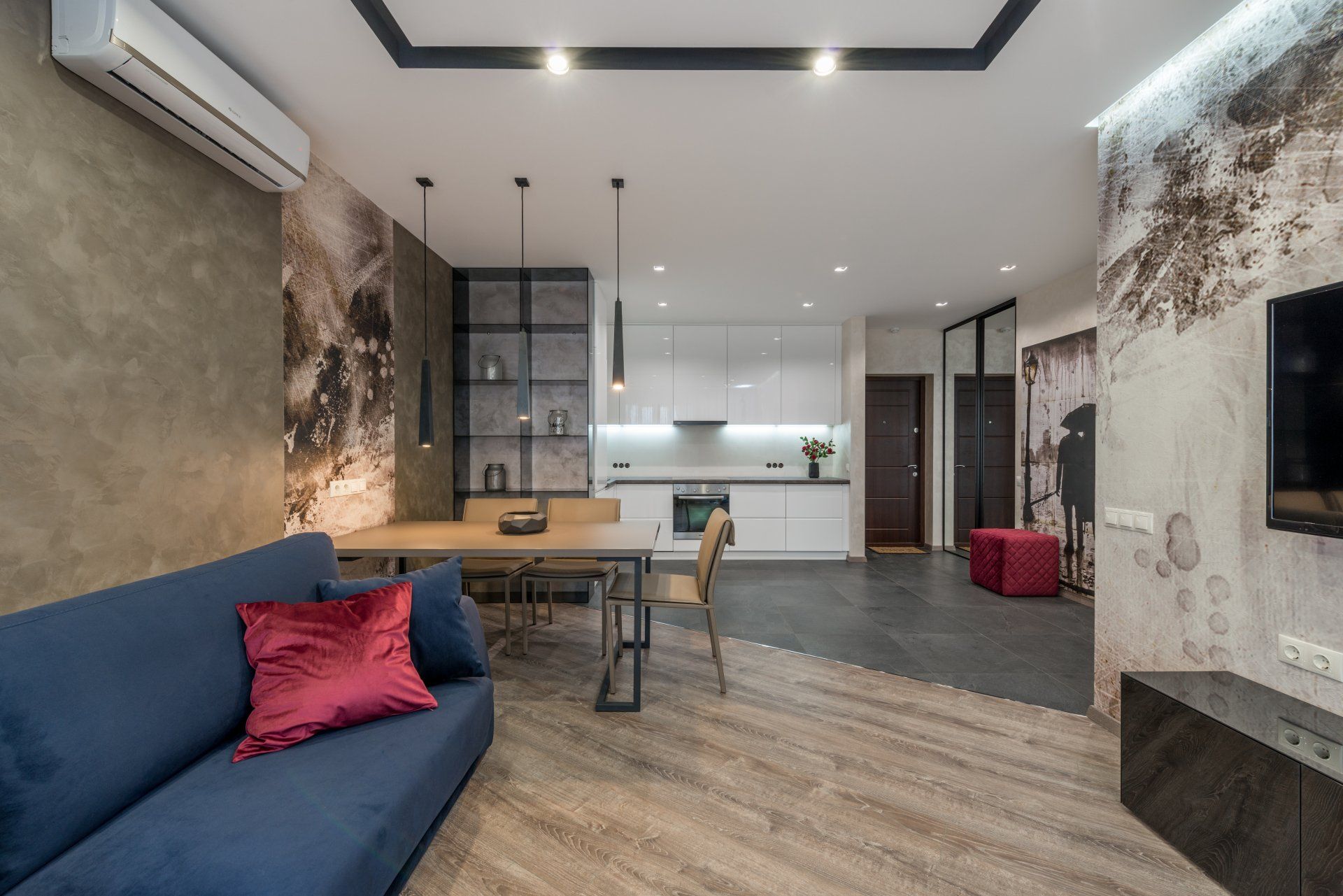Why Facebook Ads Fail for Remodelers (And What to Do Instead)
Understanding platform intent, sales cycles, and what actually works in high-ticket home services
The Hard Truth First
If you’ve tried Facebook Ads and felt like you were just collecting a bunch of time-wasting leads, you’re not crazy. You’re not alone. And you're definitely not the problem.
But the truth is, most remodeling companies, design-build firms, and professional services targeting project-based work are using Facebook the wrong way.
Let’s break it down so you can finally get clarity—and stop burning money on ads that don’t align with how your ideal clients buy.
1. Intent Matters More Than Attention
The Problem:
People don’t log on to Facebook to hire a remodeler.
They log on to scroll, be entertained, and kill time. If your ad for “Free In-Home Estimate” interrupts that mindset, you’ll get curiosity clicks—not qualified prospects.
Compare That to Google:
- Someone types “kitchen remodeler near me” on Google? That’s buying intent.
- That same person seeing a remodeler ad on Facebook while checking their cousin’s vacation photos? That’s a distraction.
Big Picture:
“Facebook shows your ad to people. Google shows your business to people who are looking.”
2. Facebook Generates Early-Stage Leads—Not Ready Buyers
What That Means:
Even if someone fills out your lead form, they may just be thinking about remodeling six months from now. They’re gathering ideas—not planning a project.
This is where most businesses fall into the trap:
- You call the lead.
- They say, “We’re not ready yet.”
- You move on, thinking it was a bad lead.
But it wasn’t a bad lead. It was just a cold lead.
Remodeling and project-based services are a long-game.
People don’t spend $30,000 on a whim. It takes 60–180 days of planning, budgeting, and research.
3. Most Small Businesses Don’t Have the Systems to Nurture
Here’s the honest gap:
You want ready-to-buy leads. But Facebook mostly gives you not-ready-yet leads.
And unfortunately, most remodeling firms don’t have a system to stay in touch for 2–3 months until that lead is ready.
- No email nurturing.
- No retargeting.
- No content that builds trust.
So what happens? That lead either ghosts you or goes with someone else who stayed top of mind.
4. Why Google Still Outperforms for Now-Buyers
Let’s be real: Google leads convert better.
- 7–11% conversion rates for “remodeler near me” or “flooring contractors in [city]”
- Users are searching with urgency
- You get fewer leads—but they’re closer to buying
If your process is built around people who are ready to start, then Google should be your core focus.
5. So What Should You Do With Facebook?
Facebook can work—if you stop trying to sell right away and instead use it to build trust.
Here’s the smarter play:
1.Offer Value First
- A guide: “7 Things to Know Before Starting Your Remodel”
- A checklist: “What to Ask Before Hiring a Contractor”
- A quiz: “Is Your Home Ready for a Renovation?”
2. Collect the Lead — but Don’t Call Right Away
- Let the system warm them up.
- Use email + retargeting ads to build interest.
3. Follow Up Strategically
- After a few days: send a testimonial or project before/after
- After a week: send a case study or FAQ video
- After 2–3 weeks: offer a “no pressure” call or home walk-through
This positions you as the trusted expert—not a pushy salesperson.
6. Most Agencies Won’t Tell You This
Because it’s easier to pitch “Get 100 leads a month on Facebook” than it is to say:
“Facebook is a cold-start channel. We’ll need to build a system to nurture, retarget, and qualify leads over time.”
But you’re a business owner or CEO. You don’t need gimmicks—you need results that match your actual buying cycle.
Final Thought: Align Your Ads With Your Sales Reality
If your service takes time to plan, quote, and decide on—then your marketing must reflect that. And that means:
- Facebook = trust builder + lead warmer
- Google = lead converter
- Your sales team = needs patience, not just pitches
Ask Yourself:
- Do I have a process to follow up with leads for 90+ days?
- Am I educating or just selling?
- Am I showing up where buyers are looking—or just where they’re scrolling?
If you’re ready to align your ad strategy with how real homeowners actually buy, then stop asking, “How do I get more leads?” and start asking:
“How do I stay in front of the right people until they’re ready to hire?”
That’s the game.




